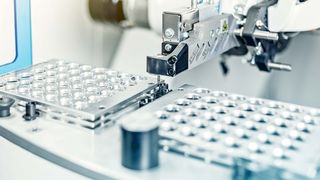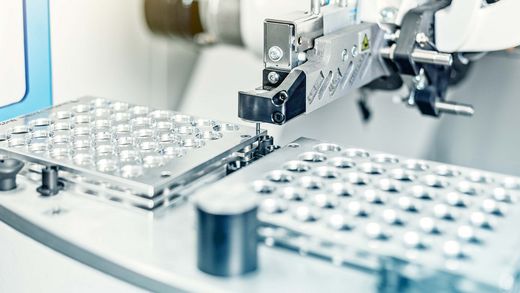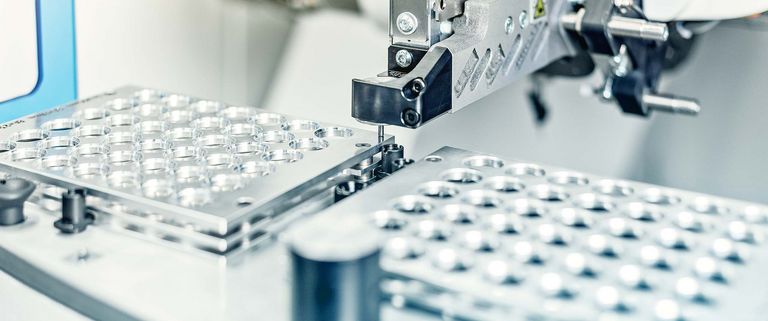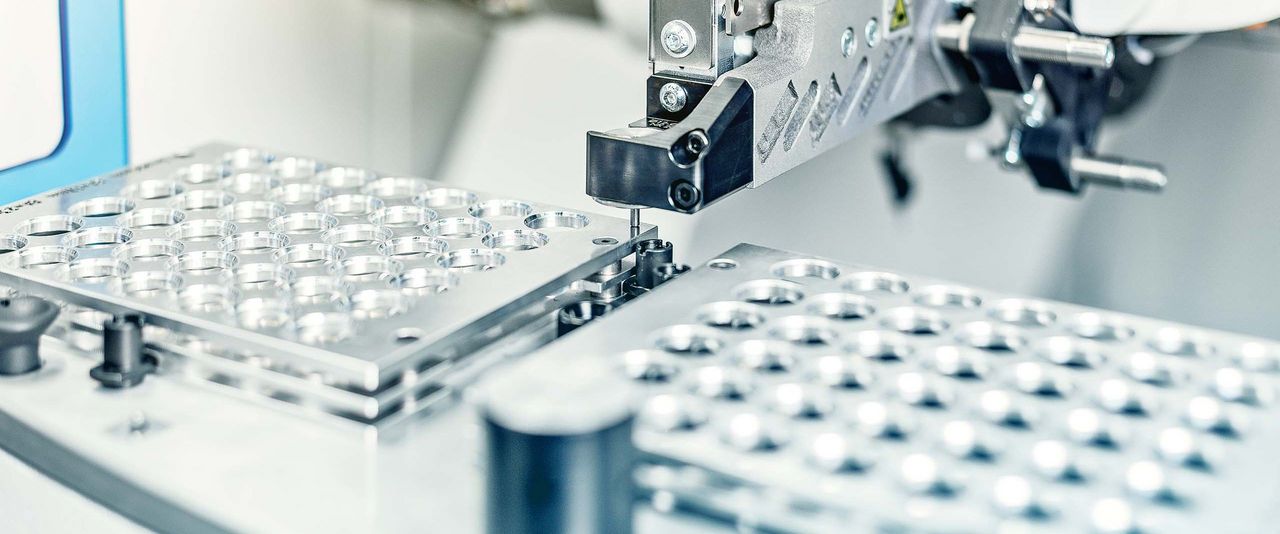Frequent Misconceptions About the Automation of Grinding
Although an increasing number of manufacturers are investing in automation for grinding, some misconceptions still persist regarding the technology. There is a widespread opinion that robots and other automation systems are prohibitively expensive and time-consuming to implement, and are not compatible with existing machines.
Regardless of whether your motivation for a higher degree of automation in grinding is to eliminate inefficiencies in your production, match the expected requirements of potential customers, or to expand into a new customer segment, the path to greater automation can lead to process optimization at different points. In particular, automation offers potential for efficiency gains for companies lacking transparency on their Overall Equipment Effectiveness (OEE).
Let's review and dismiss some of the most common misconceptions related to automation in grinding
Efficiency and ROI
Misconception: The price threshold for entry into automation is too high, and it only works when producing high volumes.
Reality: Whether you are looking at the ROI from the perspective of the hourly costs of robots vs. Operators, amortization period or unit costs, the value of automation in grinding is quickly apparent. Not only is it effective in optimizing your human capital, automation also achieves higher throughput, higher part quality and increased productivity at lower costs.
According to calculations based on data from the Robotics Industries Association, installing a single UNITED GRINDING loading system and a basic set of tools instead of hiring an operator can save you more than 1.25 million EUR in labor costs over 15 years and save more than 400,000 EUR in productivity.
Automation solutions produce consistently uniform and higher quality results, helping manufacturers optimize High Mix / Low Volume (HMLV) production, even when this mix of programs needs to be managed by one machine.
Technical Applications
Misconception: Robots are difficult to integrate into cylindrical grinding machines ; and robots are not flexible.
Reality: Integration was previously more difficult during a time when OEMs provided custom interface programs and focused on specific processes and operations. For some time now, however, OEMs, including UNITED GRINDING, have been providing integrated automation interfaces for machines or automation components, making integration much easier today. STUDER machines, for example, feature an integrated automation interface.
Modern controllers often allow manufacturers to combine their automation with ERP, SCM and MES software to further improve OEE.
In addition, robot programming capabilities have greatly expanded in recent years and now include 3D vision sensors and adaptive grippers supported by machine learning algorithms, as well as fixture-free designs and automatic tool changers.
Implementation, Integration and Support
Misconception: Automation is complex to program and operate and requires a lot of training and support.
Reality: The design and implementation approach of UNITED GRINDING allows for easy operation of HMIs and controls. A menu-driven learning program and a handheld controller allow operators without programming experience to set up robots and create new automation routines with ease. Part numbers, grinding programs, home programs, drawer selection and cycle status are all easily accessible.
Work and Infrastructure
Misconception: Automation eliminates the work of machine operators and requires a larger footprint.
Reality: Research shows that automation does not result in a net job loss. Automation and its repeatability create a number of productivity benefits, including lower unit costs and higher throughput.
Robots perform recurring manual tasks such as loading and unloading, measuring and part conveyance. Automation allows operators to monitor multiple machines in the production cell, increasing efficiency. Automation also helps manufacturers meet future labor needs by providing attractive and modern robotic workplaces that are preferred by younger workers with an interest in technology.
Most manufacturers are faced with limited production space for automation. OEMs have responded to this challenge through space-saving machines and innovations, such as portal robots.
How Automation in Grinding can Work With Your Production
Manufacturers know that in a competitive situation, you need to stay ahead to achieve improvements that can be realized with automation technology. But who will install the automation system? Who can be entrusted with maintaining a customized solution? Who can manufacturers contact in case of problems? How can they realize the benefits of automation in the simplest possible way?
UNITED GRINDING is a central point of contact for your questions and concerns. The automation process starts with a consultative approach with experienced application engineers. This includes installation, training, application support, preventive and predictive maintenance, spare parts and repair services available locally or remotely 24/7.
Learn more about UNITED GRINDING automation solutions and start driving automation in your business.











